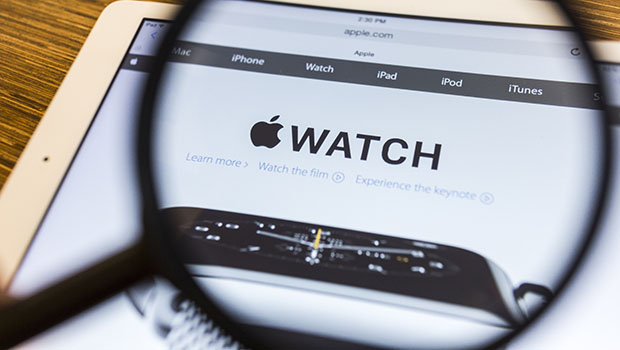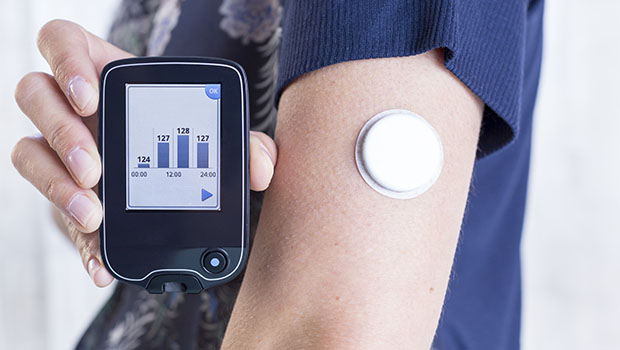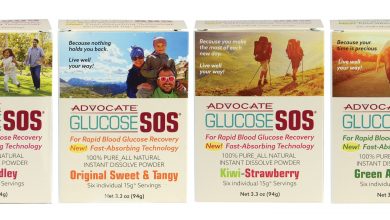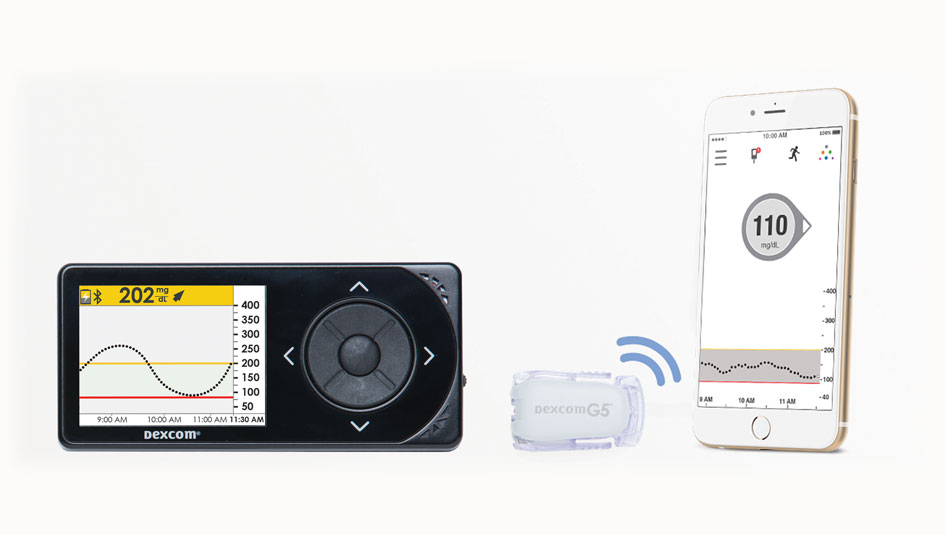Apple’s Watch is “Like a Dressed-Up Fitbit”

For the last year, Apple has been the 800-pound gorilla in mobile and wireless health. Stakeholders in the mobile health marketplace have been anxiously watching and speculating about what Apple would ultimately offer with its HealthKit platform and smartwatch. Some wondered if the company was working on a bloodless glucose monitor, while others thought it might create a game-changing way to share and organize blood glucose results. Even though Apple had been offering hints that the rollout of its watch and HealthKit would not cover such ambitious ground, the actual launch still was met with a collective shrug in the health-tech world.
Andrew Flanagan, CEO of Telcare, might be in a better position than most to see what Apple could have done with its new products. His company was one of the first to create secure ways to use the cloud to move away from pen-and-paper blood sugar record-keeping. Flanagan was underwhelmed by the products and features introduced this week by Apple, saying that it appears as if Apple made a conscious decision to not wade too deeply into diabetes management.
“I look at it like they pulled up short,” Flanagan says. “They walked away from that one extra step.”
(Editor’s note – Telcare works with various mobile platforms and strives to be device agnostic. However, it would be simplistic to say that Flanagan should be considered a completely unbiased observer, as all mobile health companies have a stake in what Apple does or doesn’t do.)

Studying Apple’s latest products, Flanagan says Apple decided to focus on aggregating user health data, rather than generating it or storing and transmitting it in a secure way. Apple is leaving more ambitious health applications up to app makers, he says. It’s similar to providing the space for a concert rather than performing one.
Flanagan hoped Apple’s watch might use the HealthKit platform to create a complete and elegant diabetes management ecosystem, but the watch only measures basic vital statistics.
“The device could have been a gateway device,” he says. “Today, it’s basically a dressed-up Fitbit.”
Telcare has worked with Apple in the past, and Flanagan admires the elegant design of Apple products, but he isn’t sure why the company decided not to seek FDA clearance to go further with its health platform and watch. He doesn’t think FDA approval would have been an insurmountable hurdle for a company with such deep pockets.
At any rate, Telcare engineers are now evaluating how to integrate with the new Apple offerings. While Flanagan believes Apple missed an opportunity to innovate, he says the new watch and health platform have created a nice buzz about mobile health.
“Anything that promotes the visibility and potential of mhealth is a good thing,” Flanagan says.
Thanks for reading this Insulin Nation article. Want more Type 1 news? Subscribe here.
Have Type 2 diabetes or know someone who does? Try Type 2 Nation, our sister publication.







